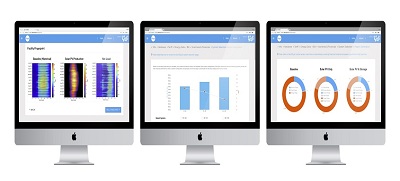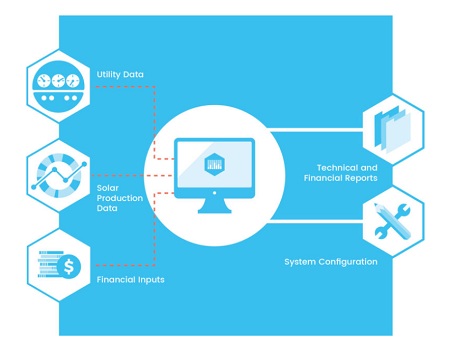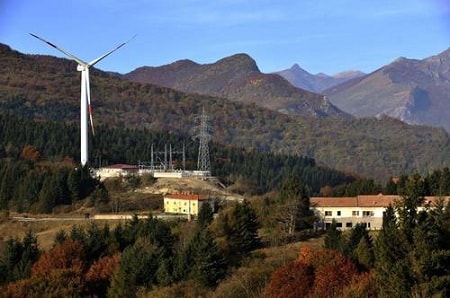Geli, a provider of energy storage control and monitoring software, has built a tool, Geli ESyst, that aims to help developers of commercial and industrial solar-plus-storage systems maximize the benefits that on-site energy storage provides to owners.
ESyst™ is the first end-to-end software platform that takes into account the entire system from design to automation, monitoring, and curiously, even fleet management. The new solution came into being as a result of the massive amount of manual effort Geli had been exerting to manually build and optimize systems for solar developers over the years. The learnings from performing the analysis manually for so long translated directly into the creation of machine learning processes that automated pieces of the process.

The VP of Business Development at Geli, Andrew Tanner, framed up the backstory of the new solution:
“We found that our data scientists were spending more time producing site analysis reports than working on our machine-learning algorithms, so we had to find a way to enable our partners with the same analytic capabilities that we possessed in-house. Though the analytic processes that underpin Geli ESyst™ are quite complex, ESyst™ users can now size energy storage systems in just minutes.”
In a closed beta of the tool over the last 12 months, 500 Geli partners have already analyzed more than 1,000 systems and generated more than 150 megawatt-hours of energy storage proposals. This volume at such an early stage shows that there is clear demand for this type of solution in the market and that solar developers are eager for assistance in translating customer requirements into a project that delivers the best value for the investment.
ESyst is all about the data, which begins with the data that it needs to make intelligent decisions. This starts with utility data, and existing solar production data, and the financial data that is relevant to the system.
 The solution allows solar system developers to select from 75 different hardware solution combinations, ranging in size from 30 kilowatts to more than a megawatt, which are based on actual hardware components from leading manufacturers. Those components can be built into virtual solar systems which the solution will then analyze and optimize.
The solution allows solar system developers to select from 75 different hardware solution combinations, ranging in size from 30 kilowatts to more than a megawatt, which are based on actual hardware components from leading manufacturers. Those components can be built into virtual solar systems which the solution will then analyze and optimize.
The solution then creates a detailed picture of the current energy picture, as well as several options for the future that breaks out the various parts of the energy equation including the fixed charges vs fixed savings, demand charges vs demand savings, and energy charges vs energy savings in a clean visual display:
The system also has the built-in ability to create full project financial pro formas and PDF reports with all the juicy supporting details behind the savings, like this small example from the beta solution.
Geli secured $7 million in funding last year to bolster its energy storage controls solution and this solution is proof that it is moving forward against that goal. The real question is whether or not Geli has hit the nail on the head with this solution and built a product that developers will use. If it has — and it sure has the right to move into this space given its deep knowledge of systems, how they operate and how they are designed — it has the clear right to move into the space and take over.
Users can head over to the ESyst beta site at http://esyst.io to request access and to learn more about it.










































